
DELFIA Streptavidin-coated yellow plate, 96-well, 10 plates

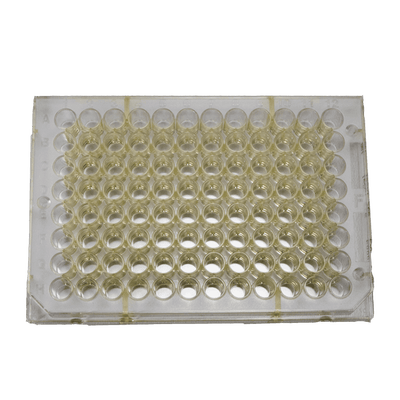
DELFIA Streptavidin-coated yellow plate, 96-well, 10 plates
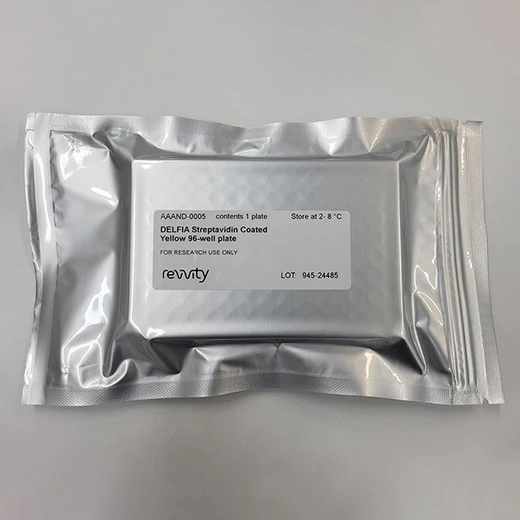
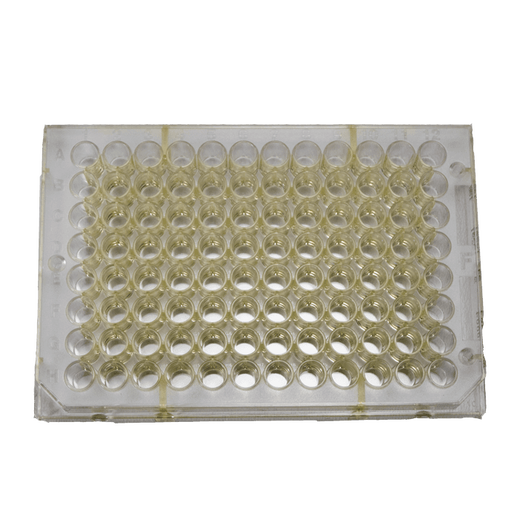


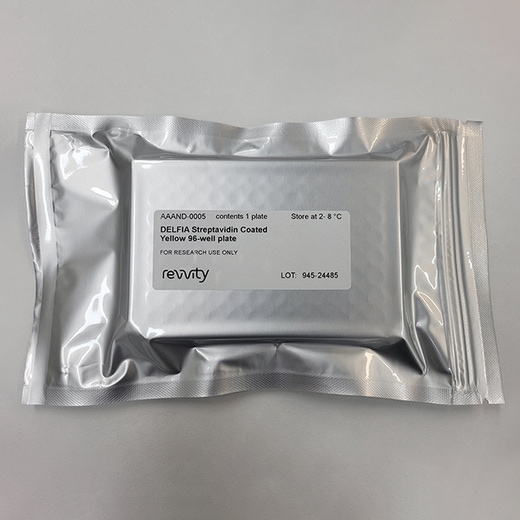
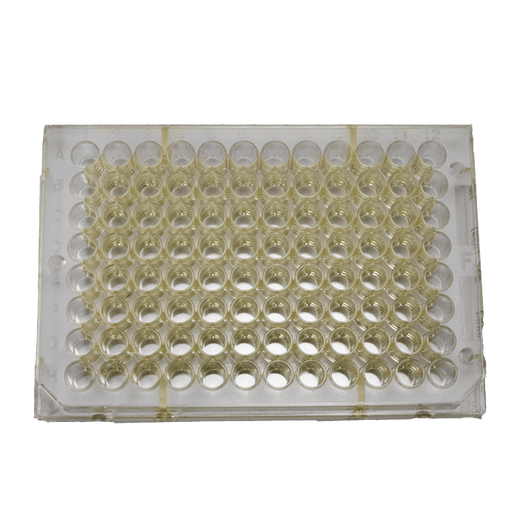


96-well yellow microplates coated with streptavidin, for biotinylated biomolecules for use in DELFIA time-resolved fluorescence assays.
| Feature | Specification |
|---|---|
| Surface Treatment | Streptavidin |
| Color | Yellow |
| Detection Modality | Time-Resolved Fluorescence (TRF) |
| Lids Included? | No |
| Material | Polystyrene |
| Sterility | Non-Sterile |
| Plate Format | 96 wells |
| Well Shape | Flat-bottom |
| Well Volume | 350 µL |
| Working Volume | 100 - 200 µL |
96-well yellow microplates coated with streptavidin, for biotinylated biomolecules for use in DELFIA time-resolved fluorescence assays.




DELFIA Streptavidin-coated yellow plate, 96-well, 10 plates




DELFIA Streptavidin-coated yellow plate, 96-well, 10 plates




Product information
Overview
Streptavidin-coated DELFIA® plates bind all biotinylated biomolecules; e.g. peptides, proteins, antibodies, and haptens. The biotin binding capacity is 10 pmol/well in 200 µL volume. DELFIA Yellow plates have an exceptionally low fluorescence background.
DELFIA (dissociation-enhanced lanthanide fluorescence immunoassay) is a time-resolved fluorescence (TRF) intensity technology. Assays are designed to detect the presence of a compound or biomolecule using lanthanide chelate labeled reagents, separating unbound reagent using wash steps. DELFIA assays are flexible, compatible with a variety of plate readers, and, as this is a wash-based technology, compatible with most sample types. The technology is based on fluorescence of lanthanide chelates (Europium, Samarium, and Terbium). The fluorescence decay time of these lanthanide chelate labels is much longer than traditional fluorophores, allowing efficient use of temporal resolution for reduction of autofluorescent background. The large Stokes’ shift (difference between excitation and emission wavelengths) and the narrow emission peaks contribute to increasing signal-to-noise ratio. Sensitivity is further increased because of the dissociation-enhancement principle: the lanthanide chelate is dissociated and a new highly fluorescent chelate is formed into a protective micellar solution. DELFIA lanthanide chelates require this dissociation/enhancement step for fluorescence (induced by addition of DELFIA Enhancement solution, DELFIA Inducer, and DELFIA Enhancer as appropriate to the particular lanthanide chelate).
Specifications
| Color |
Yellow
|
|---|---|
| Plate Format |
96 wells
|
| Well Shape |
Flat-bottom
|
| Well Volume |
350 µL
|
| Working Volume |
100 - 200 µL
|
| Application |
Research
|
|---|---|
| Automation Compatible |
Yes
|
| Brand |
DELFIA
|
| Detection Modality |
Time-Resolved Fluorescence (TRF)
|
| Format |
Microplates
|
| Lids Included? |
No
|
| Material |
Polystyrene
|
| Shipping Conditions |
Shipped Ambient
|
| Sterility |
Non-Sterile
|
| Surface Treatment |
Streptavidin
|
| Unit Size |
case of 10
|
Resources
Are you looking for resources, click on the resource type to explore further.
We report here the development of a Dissociation Enhanced Lanthanide Fluorescence Immunoassay (DELFIA) for the detection of ADA in...
Loading...


How can we help you?
We are here to answer your questions.






























